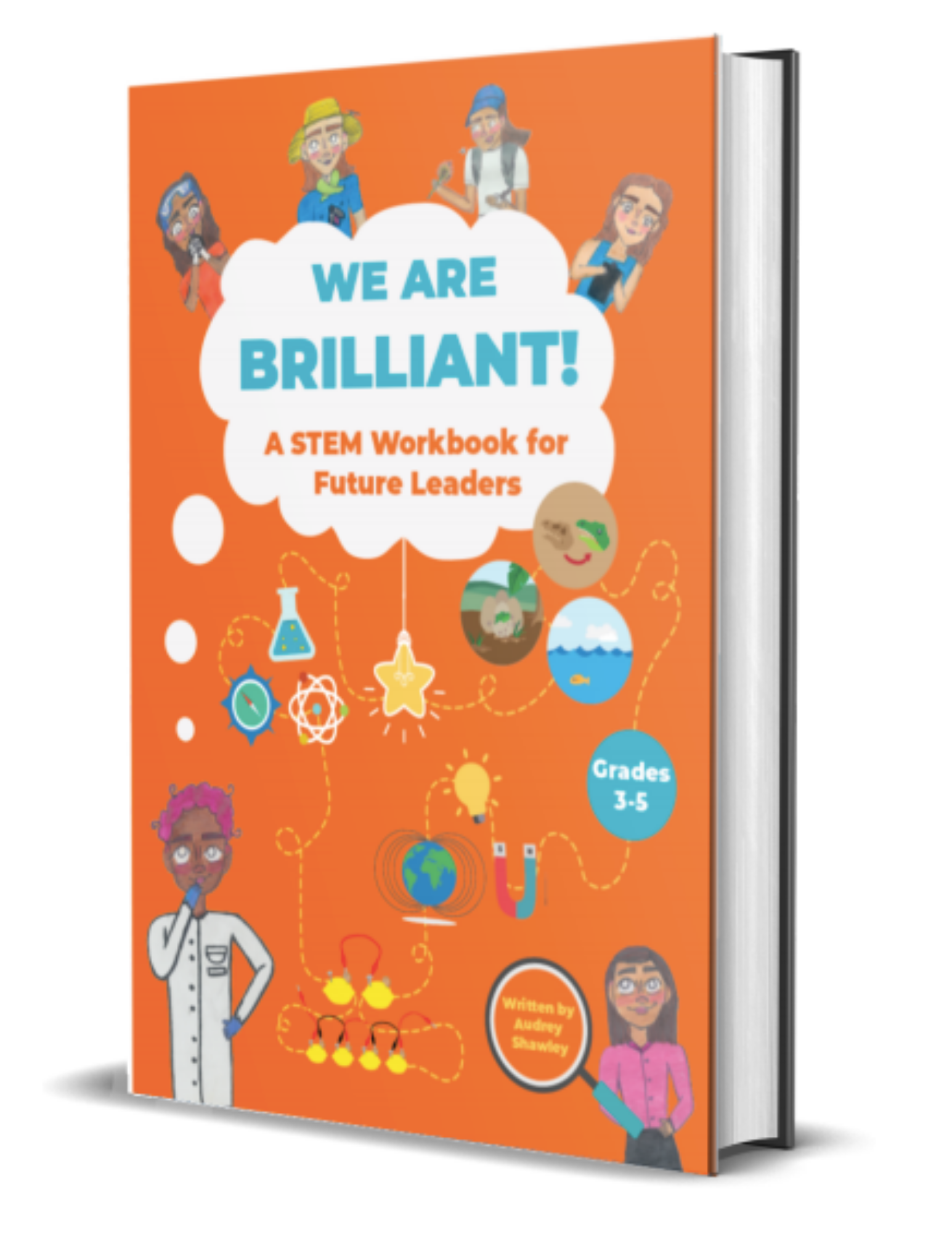Have you ever noticed that a straw in a glass of water looks bent? This is an example of something called refraction. Today, we’ll learn more about this concept and create a fun optical illusion that results in some unlikely color combinations!
MATERIALS:
Three clear plastic cups
Water
Red, yellow, and blue food coloring
TIME ESTIMATED:
5-10 minutes
DIRECTIONS:
First, fill the cups to the top with water.
Next, add the food coloring so each cup has a different color.
Now, place the cups on a windowsill so the sunlight shines through them. Move them so the red and blue cups are in the back and the yellow cup is centered in front.
Take a close look at the yellow cup. What colors do you see?
Think LIke a Scientist!
Why do we see new colors in the yellow cup?
What side are those colors on? Is it what you expected?
HOW DOES IT WORK?
Two new colors appear in the yellow cup when we place it in front of the red and blue cups. When light shines through them, the colors of the individual cups mix together and create images of cups with completely different colors. Green is the combination of the yellow and blue, and orange comes from mixing red and yellow. This is why we see both an orange and green cup appear in the yellow!
Now, you might be wondering why these colors show up on opposite sides than expected– the green shows up in front of the red cup and orange is in front of the blue cup. This has to do with refraction, or the way light bends when it travels through different materials. This bending gives the illusion that red and yellow create green and blue and yellow create orange, when really the light from the blue and red cups are being sent in opposite directions!
Further exploration:
An ophthalmologist is a scientist who studies vision and the eyes, and refraction plays an important role in helping people with vision problems to see better. When our eyes don't bend light correctly, it causes blurry vision. Ophthalmologists design glasses and contact lenses to help fix this. They use special lenses that refract the light entering our eyes, which helps us see things more clearly.
anticipated concerns:
Be sure to do this on a sunny day!
Looking for more fun at-home STEM activities for your young scientist? Check out our workbook full of exciting science experiments and empowering activities!
Learn more and purchase today!


